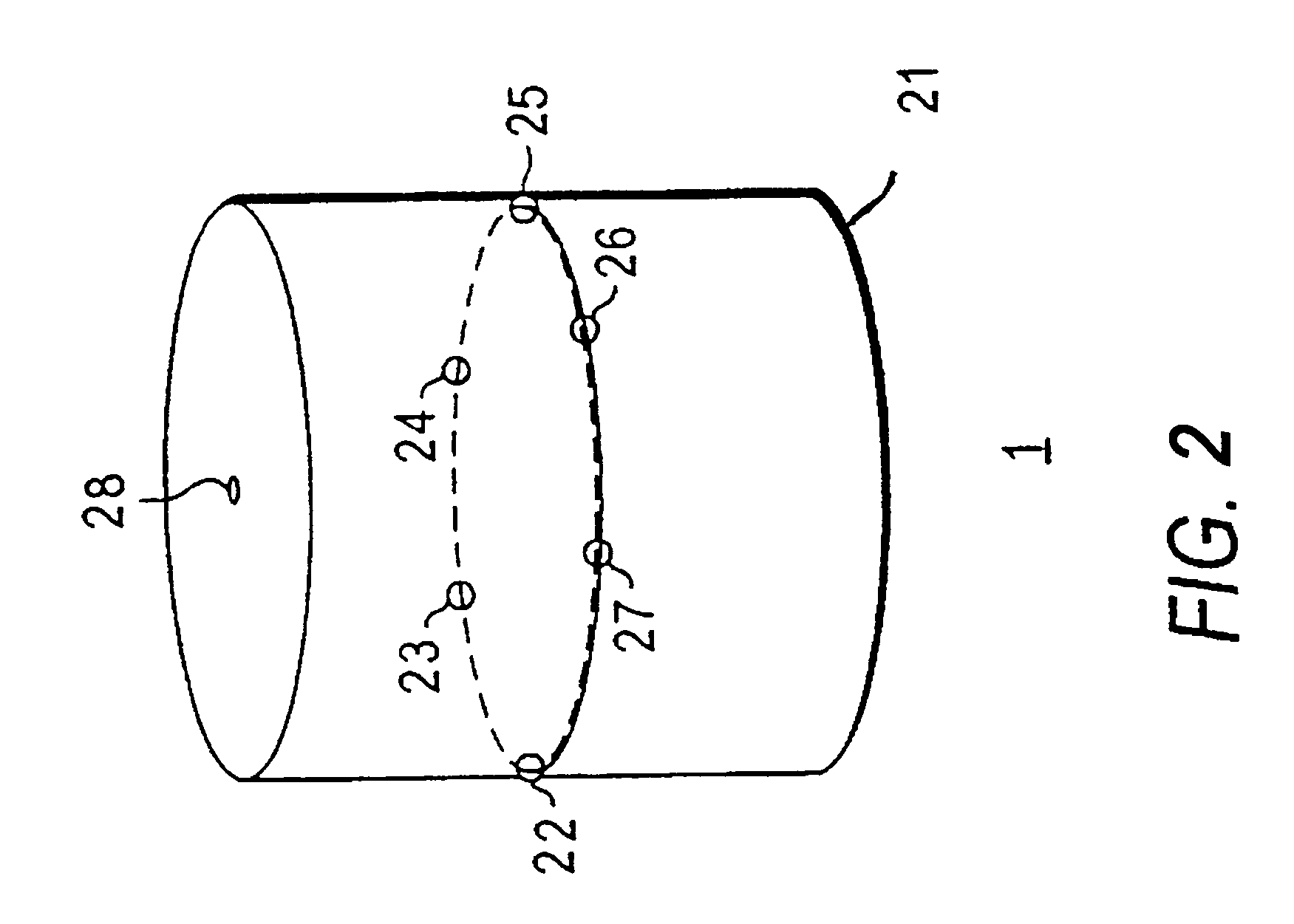System and method for finding the direction of a wave source using an array of sensors
a wave source and array technology, applied in the direction of direction finders, radio wave direction/deviation determination systems, instruments, etc., can solve the problems of erroneous direction, two-dimensional space, and difficulty in finding the peak point of maximum signal strength
- Summary
- Abstract
- Description
- Claims
- Application Information
AI Technical Summary
Benefits of technology
Problems solved by technology
Method used
Image
Examples
first embodiment
FIG. 6a shows the qualification unit that uses a signal-to-noise ratio (SNR) as a measurement criterion. The SNR is defined as a ratio of a signal power to a noise power. To calculate the SNR, the measured signals are divided into blocks of signals having a predetermined period such as 40 milliseconds. Block 61 calculates the signal power for each signal block by calculating the square-sum of the sampled signals within the block. The noise power can be measured in many ways, but one convenient way of measuring the noise power may be to pick the signal power of the signal block having the minimum signal power and to use it as the noise power. Block 62 selects the signal block having the minimum power over a predetermined interval such as 2 second. Block 63 calculates the SNR as the ratio of the signal power of the current block to that of the noise power. Block 64 invalidates the precise direction if the SNR is below a certain threshold.
second embodiment
FIG. 6b shows the measurement qualification unit that uses a spread (range of distribution) of individual measured delays as a measurement criterion. The precise source direction calculated by the precise-direction finder represents an average direction among the individual measured directions measured by microphone pairs in the sector. Since delays are directly related to direction angles, the spread of the individual measured delays with respect to the individual estimated delay indicates how widely the individual directions vary with respect to the precise direction. Thus, the spread gives a good indication as to the validity of the measurements. For example, if the individual measured delays are too widely spread, it is likely to indicate some kind of measurement error.
T.sub.e is defined as a vector representing the set of individual estimated delays .tau..sub.e corresponding to the precise direction, K. Block 71 calculates T.sub.e from K based on the linear relation between K a...
third embodiment
FIG. 6c shows the measurement qualification unit that uses the azimuth angle, .phi., as a measurement criterion. If .phi. deviates significantly from the sector direction (the approximate source direction), it is likely to indicate that the precise direction is false. Therefore, if .phi. is not within a permissible range of angles (e.g. within + / -60 degrees) of the sector direction, the precise direction is invalidated.
PUM
 Login to View More
Login to View More Abstract
Description
Claims
Application Information
 Login to View More
Login to View More - R&D
- Intellectual Property
- Life Sciences
- Materials
- Tech Scout
- Unparalleled Data Quality
- Higher Quality Content
- 60% Fewer Hallucinations
Browse by: Latest US Patents, China's latest patents, Technical Efficacy Thesaurus, Application Domain, Technology Topic, Popular Technical Reports.
© 2025 PatSnap. All rights reserved.Legal|Privacy policy|Modern Slavery Act Transparency Statement|Sitemap|About US| Contact US: help@patsnap.com



